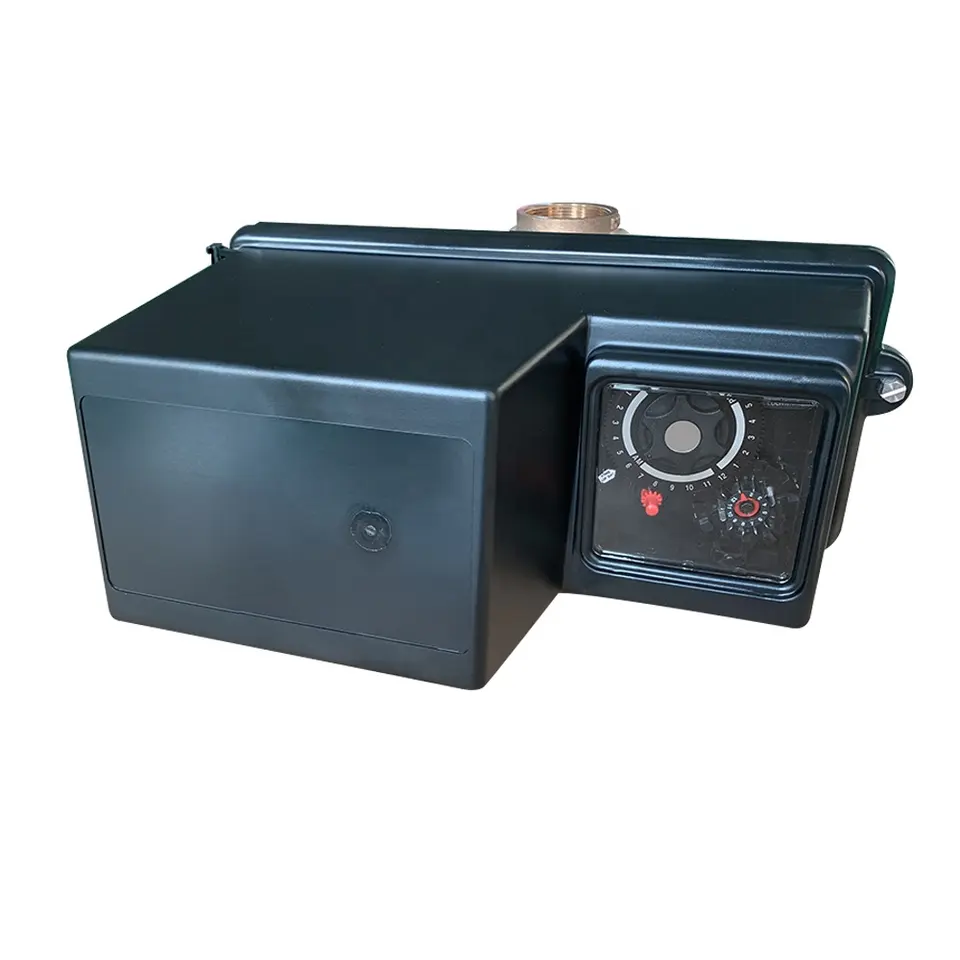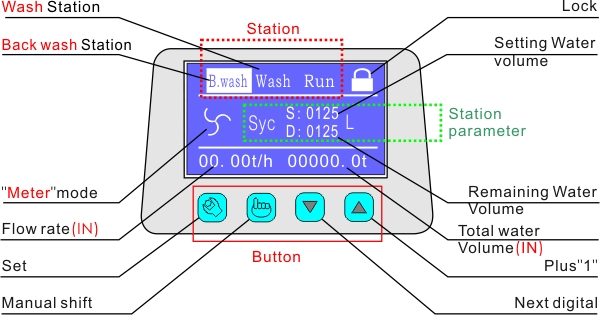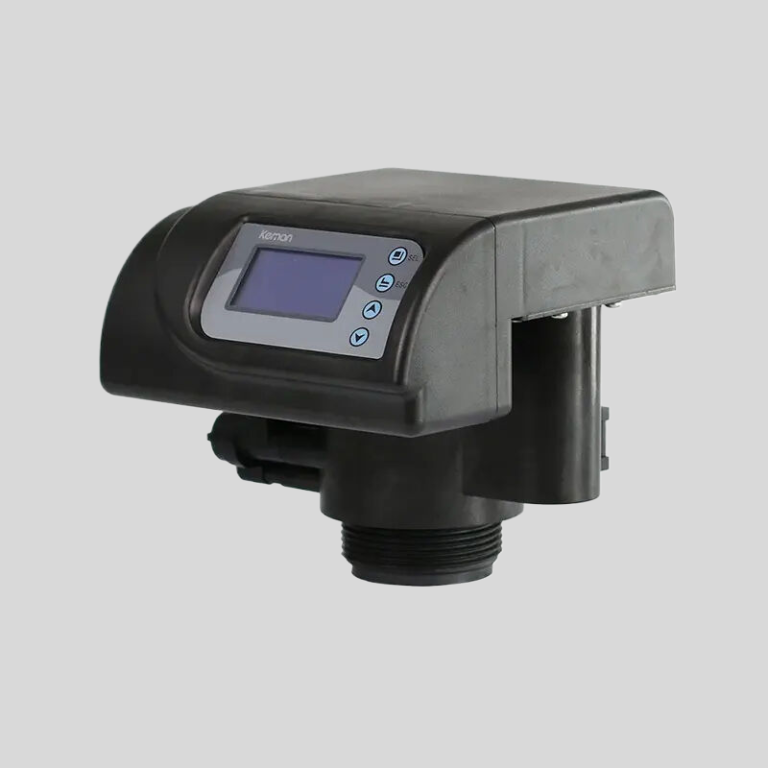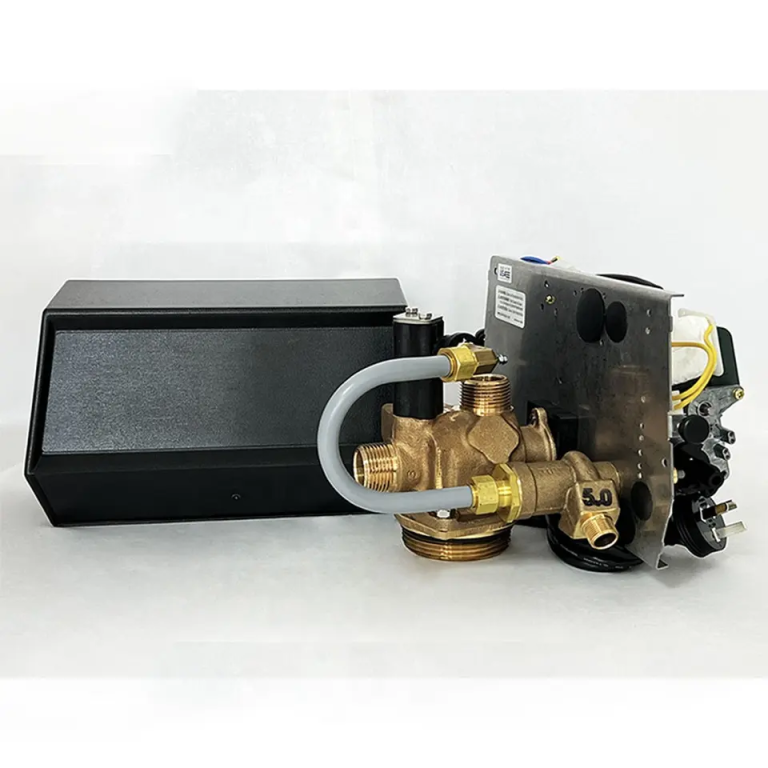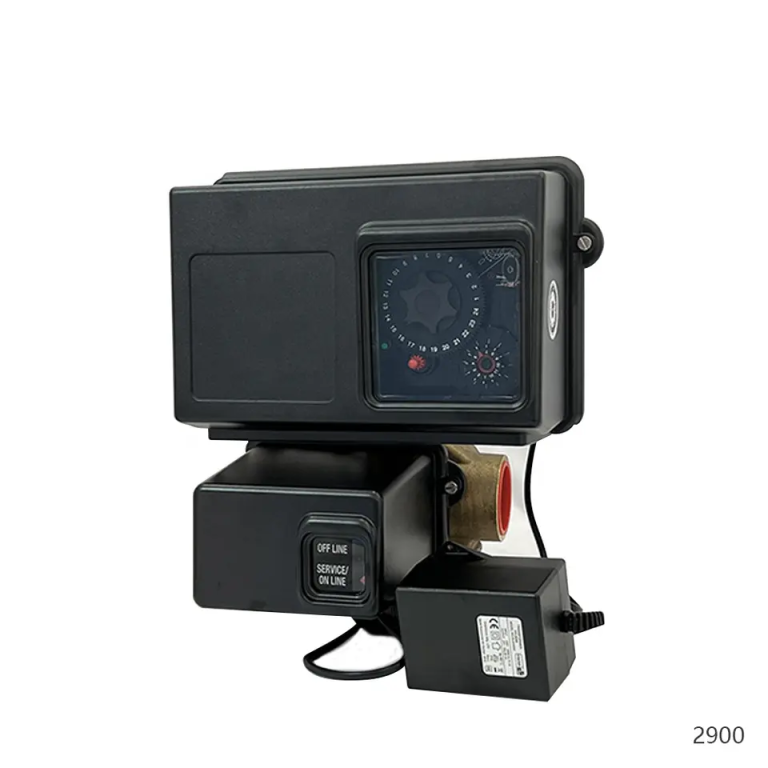“Find the bypass valve for easy maintenance and troubleshooting on your water softener.”
Location of the Bypass Valve on a Water Softener
Water softeners are essential appliances in many households, helping to remove minerals such as calcium and magnesium from water. This process helps to prevent limescale buildup in pipes and appliances, as well as improving the efficiency of soap and detergent. One important component of a water softener is the bypass valve, which allows you to temporarily bypass the softening process if needed.
The bypass valve on a water softener is typically located near the control valve. This valve is used to control the flow of water through the softener, allowing you to divert water around the softening resin bed when necessary. This can be useful for tasks such as watering the garden or filling a swimming pool with unsoftened water.
To locate the bypass valve on your water softener, start by looking for the control valve. This is usually a cylindrical tank located near the top of the softener unit. The bypass valve is typically attached to the control valve, either directly or via a separate pipe or hose.
Once you have located the control valve, look for a lever or knob that can be used to switch the water flow between the softening resin bed and the bypass valve. This lever or knob may be labeled with “bypass” or “service” to indicate its function. Some bypass valves may also have a series of arrows or markings to indicate the direction of water flow.
| Model | Central tube | Drain | Brine tank connector | Base | Maximum power | Operating temperature |
| 3900 | 3.5″(3″) O.D. | 2″NPTF | 1″NPTM | 6″-8UN | 171W | 1℃-43℃ |
To engage the bypass valve, simply turn the lever or knob to the bypass position. This will divert water around the softening resin bed, allowing unsoftened water to flow through the system. When you are ready to resume softening the water, simply turn the lever or knob back to the service position.
It is important to note that not all water softeners have a bypass valve. Some models may have a bypass valve built into the control valve, while others may require a separate bypass valve to be installed. If you are unsure whether your water softener has a bypass valve, consult the manufacturer’s instructions or contact a professional plumber for assistance.
In conclusion, the bypass valve on a water softener is a crucial component that allows you to temporarily bypass the softening process when needed. By locating and understanding how to use the bypass valve on your water softener, you can ensure that your system operates efficiently and effectively. If you have any questions or concerns about your water softener or its bypass valve, don’t hesitate to seek help from a qualified professional.
